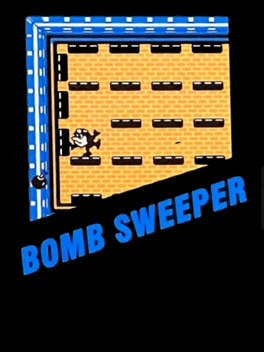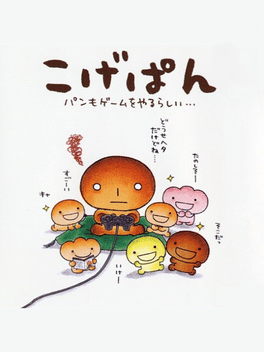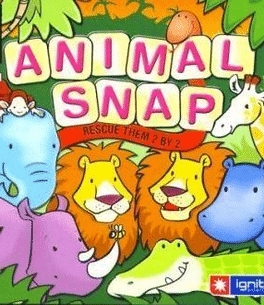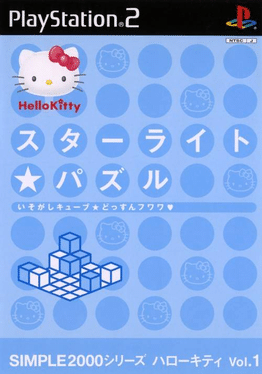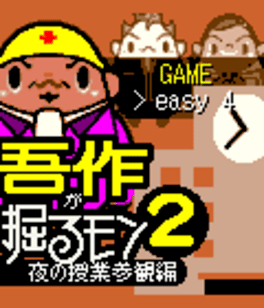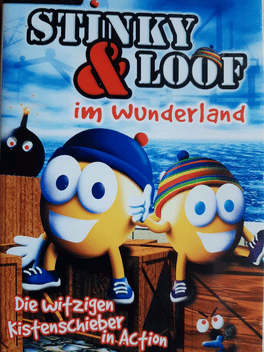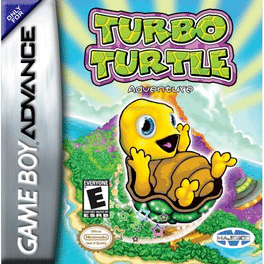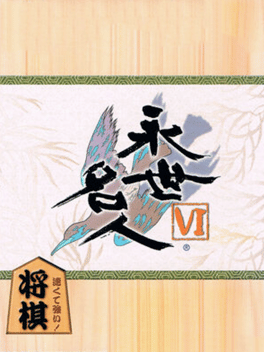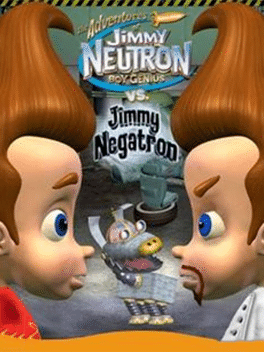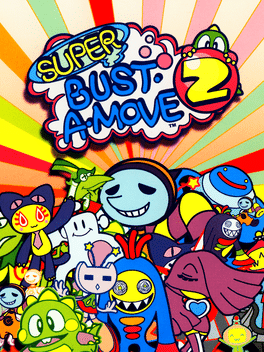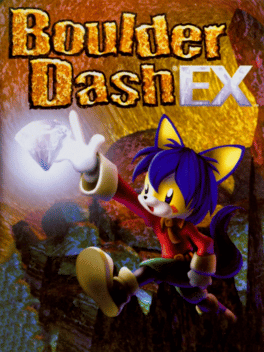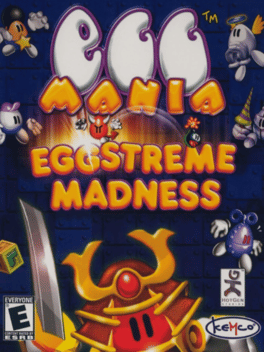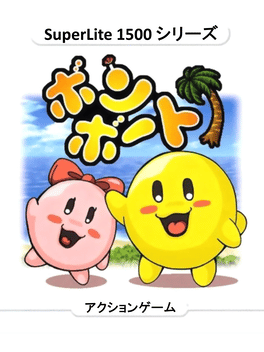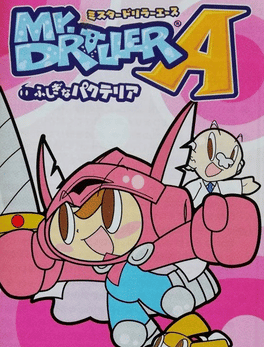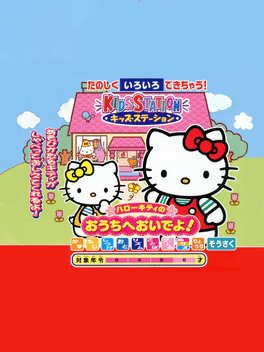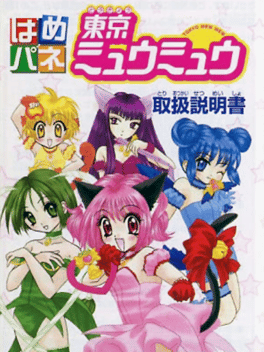New Puzzle Games - Page 254
-
Bomb Sweeper
2002
Bomb Sweeper
2002
Bomb Sweeper is a clone of Nintendo's Game & Watch "BombSweeper" from 1987. It's a simple, addictive puzzler. You are John Solver, fearless bomb squad person, who has to save the city from Jack, a demented criminal who is trying to blow it all up with his bombs. -
Kogepan: Pan mo Game wo Yaru-rashii
2002
A collection of puzzles with some mini games features the characters of the Kogepan series. -
Simple 2000 Hello Kitty Series Vol. 1: Starlight Puzzle
2002
Simple 2000 Hello Kitty Series Vol. 1: Starlight Puzzle is the first in the Hello Kitty Simple series on the PlayStation 2. -
Gosaku ga Horu Mon 2: Yoru no Jugyou Sankan Hen
2002
Mobile phone action puzzle game distributed for J-Sky 50KB devices through the Ulala no Channel J portal. Sequel to Waretsuku ga Horu Mon. The player grabs, throws, hits, and buries blocks in each level. Includes two difficulty options. -
Aqua Energizer
2002
Aqua Energizer
2002
Help Nemo collect the red flashing balls into the energizer. Jump into it and get the code for the next level. Beware of enemies, but be wise; you may want to keep them alive. Nemo can't live without oxygen. So hurry up! -
Wonderland
2002
Wonderland
2002
Wonderland is a top-down box pusher puzzle game. To complete one of the 60 levels, you have to collect all rainbow coins to unlock the exit and then reach the exit with all characters in the level (1 or 2). Puzzle elements include wooden crates, conveyor belts, teleporter, walking bombs and more. -
Turbo Turtle Adventure
2002
Help Turbo Turtle win his freedom to once again swim the sea. Trapped on the 'Isle of Mazes' you must guide Turbo Turtle through deceitful labyrinths and nasty traps. Collect keys to unlock doorways, avoid the super magnets and utilize the turbo boost feature to try and beat your fastest time. This innovative title blends the basic balancing act of Super Monkey Ball with the mind-bending key-and-switch puzzles found in the Zelda games. -
Simple Characters 2000 Series Vol. 14: Nante Tantei Idol - The Jigsaw Puzzle
2002
Nante Tantei Idol: The Jigsaw Puzzle is a big collection of unlockable pictures and different images of the characters of the manga series "Nante Tantei Idol" that can be unlocked playing different jigsaw puzzle games. -
Dexter's Laser Lab
2002
Dexter's Laser Lab
2002
Dexter's Laser Lab is a Shockwave game based on Dexter's Laboratory that was playable on the official Cartoon Network website. In this game, Dee Dee celebrates her birthday by having a party in Dexter's laboratory, leaving behind many balloons in her wake. Dexter, using his invention called the TidyTron 4000, a high-powered infrared laser, works to get rid of the balloons in his laboratory. -
Eisei Meijin VI
2002
-
Jimmy Neutron vs. Jimmy Negatron
2002
Jimmy Neutron Boy Genius has gotten himself in a completely new world of trouble, or should we say "new dimension of trouble?" In The Adventures of Jimmy Neutron, Boy Genius: Jimmy Neutron Vs Jimmy Negatron, Jimmy accidentally warps himself into a parallel dimension, switching places with his evil alter ego -- Jimmy Negatron! With Jimmy Negatron running loose in Retroville, Jimmy Neutron will need all of his inventions and smarts to figure a way back home, save his friends, and restore his town back to normal! -
Super Bust-A-Move 2
2002
Super Bust-A-Move 2
2002
Super Bust-A-Move 2 offers arcade-style action and screen-clearing puzzle solving in an immersive environment full of vivid characters. It features a single-player puzzle mode that lets you play through multiple stages and multiple game types as each of the stories behind each of the game's characters is explained, and information is gradually revealed. There is also a battle mode that lets you challenge your friends or the computer as you compete in a best-of-three match. You can also create your own mind-bending, bubble-busting puzzles, play them, and save them to a memory card to challenge your friends. There is a scalable difficulty feature that adjusts the game for players of all skill levels. -
Boulder Dash EX
2002
-
Egg Mania: Eggstreme Madness
2002
star 4.1As an Eggo builder, its your job to sort and organise air-dropped puzzle pieces to assemble platforms that gradually form a tower above a steadily rising ocean. Because water quickly seeps up through incomplete floors it is vital that you build complete platforms to slow the rising water. The goal is to reach the balloon that hovers high in the sky, however, to complicate matters, tower-tumbling and thieving enemies prowl the depths and soar the skies, looking for ways to drown your spirit - so work quickly!! -
SuperLite 1500 series: Bomb Boat
2002
Bomb Boat is an action puzzle game in which players control the character to eat up all the fruits in order to finish the maze. Beware of the monster that goes after you! Bomb out the bridge to block its way! Enjoy this breath-taking Bomb Boat! -
Gosaku ga Horu Mon
2002
Gosaku ga Horu Mon
2002
Mobile phone action puzzle game distributed for J-Sky 50KB devices through the Ulala no Channel J portal and for i-mode 505i devices through the Sonic Cafe portal. The player grabs, throws, hits, and buries blocks in each level. Also includes a level editor. -
Kids Station: Hello Kitty no Ouchi he Oide yo!
2002
Hello Kitty no o-Uchi he o-Ide yo! is a collection of 30 mini-games where the players can learn about Kitty's house, cooking, painting, design clothes, play games in the park, play with Kitty's pet, etc. -
Hamepane Tokyo Mew Mew
2002
Hamepane Tokyo Mew Mew is a Puzzle game, developed by WinkySoft and published by Takara, which was released in Japan in 2002.
